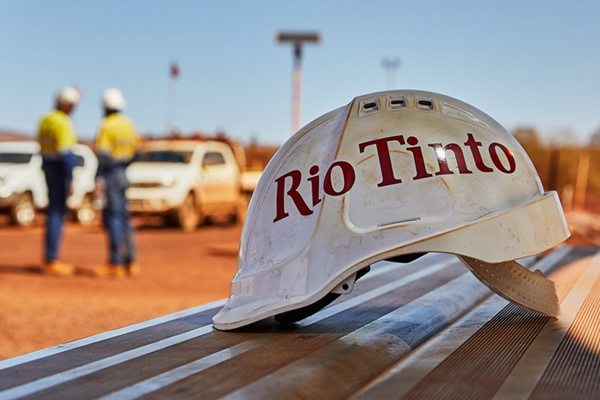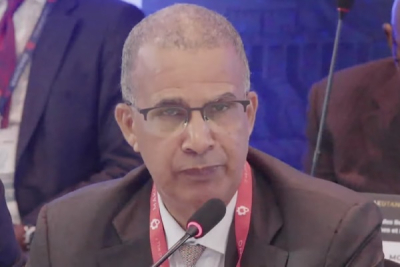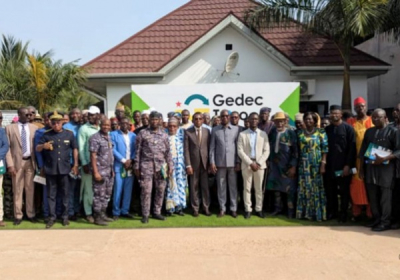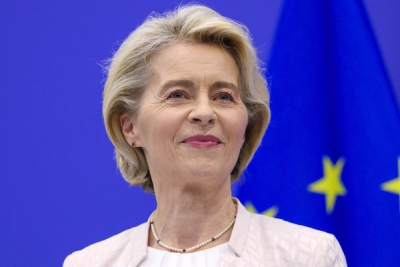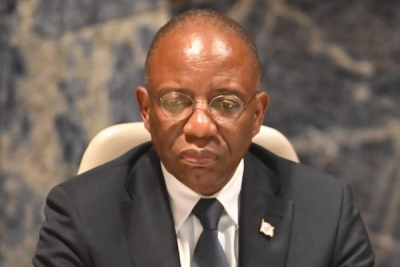Rio Tinto, the Australian mining behemoth, is setting its sights on Africa's lithium reserves as it seeks to bolster its position in the global supply chain for this critical battery metal. Citing sources close to the matter, Bloomberg reported on March 28, 2025, that the company is in preliminary talks with the Democratic Republic of Congo (DRC) regarding the potential development of the southern portion of the Manono lithium deposit.
This move comes on the heels of Rio Tinto's recent $6.7 billion acquisition of Arcadium Lithium, which significantly expanded its lithium portfolio across Argentina, the United States, and Asia.
The company is also advancing its lithium projects, including the Rincon development in Argentina and in Jadar, Serbia.
The Manono deposit, considered one of the world's largest untapped lithium resources, boasts estimated mineral resources of at least 400 million tonnes. Rio Tinto's interest in this African asset marks a strategic pivot, following its 2024 partnership with Rwanda to explore strategic mineral deposits, including lithium.
Rio Tinto is not the only giant eyeing Manono's riches. KoBold Metals, a California-based firm backed by tech luminaries Bill Gates and Jeff Bezos, recently proposed a development plan for the southern section of the deposit.
These overtures come amid ongoing legal disputes involving AVZ Minerals, the current permit holder for the southern portion, and state-owned Cominière over the alleged illegal partitioning of the Manono mining permit.
The northern section of Manono is already under development by Manono Lithium SAS, a joint venture between Cominière and China's Zijin Mining Group.
Rio Tinto's renewed focus on lithium aligns with long-term market projections. Despite recent price declines due to temporary oversupply, analysts anticipate a market reversal driven by the global energy transition. The International Energy Agency (IEA) predicts a lithium deficit exceeding 150,000 tonnes by 2030, underscoring the strategic importance of securing future supply sources.
This article was initially published in French by Aurel Sèdjro Houenou (Ecofin Agency)
Edited in English by Ola Schad Akinocho






